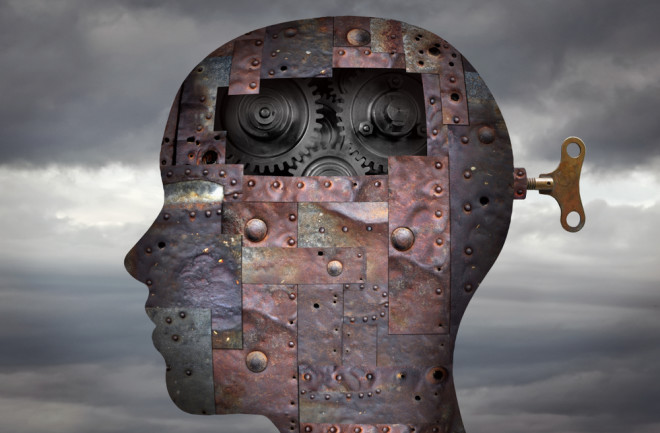The word ‘robot’ wasn’t coined until 1920, when it was used by Czech playwright Karel Čapek in the play R.U.R., or Rossumovi Univerzální Roboti (Rossum’s Universal Robots in English). Robots — or things like them — have been around in myth (and to some degree, fact) for thousands of years.
Robots and Artificial Intelligence Have Ancient Mythology Origins
Modern humans weren't the first to dream up robots and artificial beings, and not the first to worry about the consequences of creating them.
By Avery Hurt
Sep 9, 2022 6:00 PM

(Credit: Teo Tarras/Shutterstock)
Newsletter
Sign up for our email newsletter for the latest science news
0 free articles left
Want More? Get unlimited access for as low as $1.99/month
Stay Curious
Sign up for our weekly newsletter and unlock one more article for free.
View our Privacy Policy
Want more?
Keep reading for as low as $1.99!
Already a subscriber?
Find my Subscription
More From Discover
Stay Curious
Subscribe
To The Magazine
Save up to 40% off the cover price when you subscribe to Discover magazine.
Copyright © 2025 LabX Media Group
